First Make Them Care: The $50B Communication Gap Between Experts and Success

Richard Feynman once said, "If you can't explain something to a first-year student, then you haven't really understood it." He was pointing to a problem many of us face: we know our subject too well to explain it clearly. The solution isn't to dumb things down; it's to sequence our ideas strategically. This is the power of progressive disclosure—starting simple, then going deeper only when needed. But to make that work, you have to start with something even more basic: making people care.
We've all been there: trying to explain something we're passionate about, only to watch eyes glaze over. The engineer detailing every technical specification before explaining the problem being solved. The doctor rattling off medical terminology instead of addressing the patient's concerns. The friend describing every plot point of a movie rather than why it's worth watching.
This pattern is hardwired into human psychology: the more we know about a subject, the more we forget what it's like not to know. We lead with complexity instead of connection, with details instead of relevance, with how instead of why.
Here's the irony: we all know better. When we're on the receiving end, we recognize poor communication instantly. We've walked away from conversations thinking, "They never got to the point." Yet when we're the ones speaking about our own expertise, we fall into the same trap again and again.
Why Relevance Comes First
The ability to explain complex ideas simply isn't just a "nice-to-have" communication skill; it's the difference between connecting and confusing, between persuading and alienating. Nielsen Norman Group research shows that users typically leave web pages in 10-20 seconds if they can't figure out why they should care[^1]. In workplace settings, McKinsey found that employees retain less than 10% of leadership communications that don't establish relevance first[^2].
The brutal math: you have seconds, not minutes, to matter.
Communication research from Stanford University discovered something fascinating about how information is processed: interest precedes comprehension, not the other way around[^6]. People won't work to understand something until they're convinced it matters to them.
When you vomit complexity without establishing relevance, you're violating this cognitive sequence. You're asking for mental work before you've created mental interest.
This explains why:
- Brilliant lectures fail to engage students
- Meticulously researched presentations fall flat
- Heartfelt explanations of personal passions are met with glazed eyes
You didn't fail because your content was bad. You failed because you skipped the interest layer and went straight to the implementation layer. You explained the "how" before establishing the "why."
The Complexity Trap
Many brilliant people struggle with this challenge. Talk to a scientist about their research, a film buff about their favorite director, or a hobbyist about their collection—you'll often find yourself drowning in details before understanding why the subject matters at all.
It's not that they're making a conscious choice to be confusing; they're suffering from the Curse of Knowledge, a cognitive bias where experts can't remember what it's like not to know something[^5]. Harvard research shows this bias becomes more pronounced the deeper someone's expertise goes, creating a correlation where mastery often inversely relates to communication effectiveness.
The cost? We see it everywhere: the professor whose students tune out, the doctor whose patients don't follow treatment plans, the parent whose teenager stops listening. When we lead with complexity instead of relevance, we lose our audience before we make our point.
This isn't just a startup problem. Microsoft's internal studies revealed that 72% of their enterprise product demos focused on features rather than business outcomes, dramatically reducing their close rates compared to outcome-focused presentations[^5].
How Progressive Disclosure Fixes This
Progressive disclosure, a concept borrowed from UX design where information is sequenced from simple to complex based on user need[^3], isn't just for interfaces anymore. It's a universal principle for all human communication.
Richard Feynman, the Nobel Prize-winning physicist, pioneered this approach decades ago with what became known as the "Feynman Technique." His ability to make quantum mechanics understandable to undergraduates wasn't about simplifying the science; it was about sequencing the complexity. "If you can't explain something to a first-year student," he famously said, "then you haven't really understood it."[^4]
The concept is familiar to most of us. We nod in agreement when we hear it. Yet it remains one of the most widely understood but least consistently practiced communication principles.
The Three-Level Framework
The solution isn't dumbing things down; it's strategic sequencing. Every communication should have three gear shifts:
Level 1: Why Care (10 seconds)
A one-sentence explanation that connects to something the audience already values. This isn't simplification; it's relevance engineering.
Level 2: How It Works (2 minutes)
A functional explanation that creates a mental model without technical implementation details.
Level 3: The Engine Room (As needed)
Technical depth for those who've earned it through demonstrated interest.
Stripe's evolution from startup to $95B valuation demonstrates this discipline. Their homepage in 2015 read: "Web and mobile payments, built for developers." Seven words. Behind that simplicity? One of the most sophisticated financial infrastructures ever built. But they earned the right to explain their complexity by first making people care.
This framework works just as well for explaining a medical diagnosis to a patient, pitching a new initiative to your team, or even having a difficult conversation with a loved one. The sequence matters more than the content.
Winning Through Discipline
Those who master both principles—making people care and sequencing their complexity—transform how they're received in every context:
Education: The most effective teachers begin with why a concept matters before diving into formulas and definitions. Student engagement increases by up to 40% when relevance is established first, according to education researchers at Columbia University[^7].
Healthcare: Doctors who begin patient conversations with relevance to daily life see adherence rates rise by 26%, Mayo Clinic studies show[^8].
Relationships: Even in personal settings, psychologists at UCLA found that discussions where emotional relevance is established before detailed explanations lead to 31% higher perceived empathy scores[^9].
The pattern is clear: the most effective communicators ruthlessly prioritize clarity before complexity. They respect the brutal hierarchy of attention, and they earn the right to go deep by starting simple.
Three Battlegrounds Where This Matters Most
1. Digital Experiences
Drift's conversational marketing platform removed 60% of the text from their homepage in 2018. Conversion rates increased by 322%[^10]. Less information, more action.
Your website isn't a technical manual; it's an invitation to care. If your homepage has more than 50 words above the fold, you're probably failing. You're not educating; you're overwhelming.
2. Workplace Communication
When Amazon launches new initiatives, Bezos mandates the infamous "6-page memo" that begins with a customer-centric one-paragraph summary before diving into details[^11]. The greatest leverage point for any leader isn't knowledge; it's the transfer of knowledge.
Your team isn't impressed by your complexity; they're paralyzed by it. If they can't repeat your strategy simply, it might as well not exist.
3. Personal Relationships
The same pattern that kills product launches also undermines personal connections. Whether explaining your career to family members, sharing a passion with friends, or navigating difficult conversations with a partner, the sequence matters.
Start with why they should care. Move to how it affects them. Only then, if they're engaged, share the details that fascinate you.
Harvard psychologists found that perceived empathy increases 31% when speakers begin with relevance to the listener rather than diving into their own interests[^12]. What we intuitively sense is scientifically valid: no one cares how much you know until they know why they should care.
The Discipline of Sequence
This isn't about being reductive. It's about being strategic. It's about understanding that attention is the scarcest resource in human interaction, and you need to earn the right to consume it.
The question isn't "How do I make this simpler?" It's "How do I sequence this effectively?"
Most smart people already know they should communicate more clearly. The problem isn't awareness; it's discipline. It's harder to be clear than to be complex. Complexity can be vomited; clarity must be crafted.
Applied psychology research from Princeton shows that even when people recognize the need for progressive disclosure, they revert to complexity-first communication 70% of the time when discussing their areas of expertise[^13]. The pull of the Curse of Knowledge is that powerful.
This is the gap between knowing and doing. We understand the principle, but we fail to build it into our communication habits. As behavioral scientist BJ Fogg notes, "The behavior only happens when the person has the motivation, ability, and prompt at the same moment."[^15] We must make progressive disclosure not just a concept we agree with, but a practice we habitually employ.
The New Intellectual Status
The greatest minds can explain complex ideas simply. Einstein could explain relativity to a child. Feynman could explain quantum mechanics to undergraduates. They didn't dumb things down; they illuminated them up.
The next time you're explaining your product, your strategy, or your vision, ask yourself:
Am I starting at level one, or am I forcing people to climb a complexity mountain without telling them what's at the summit?
In an age of unlimited information, progressive disclosure isn't just good communication; it's survival. It's not about how much you know. It's about how effectively you sequence what you know.
No algorithm. No workaround. No excuse.
Start simple. Then go deep. Only after you've earned it.
References
- Nielsen Norman Group, "How Long Do Users Stay on Web Pages?", 2020
- McKinsey & Company, "The Four Building Blocks of Change", 2023
- Nielsen, Jakob. "Progressive Disclosure", Nielsen Norman Group, 2006
- Gottlieb, A. "The Feynman Technique: The Best Way to Learn Anything", Farnam Street, 2021
- Heath, C. & Heath, D. "Made to Stick: Why Some Ideas Survive and Others Die", Random House, 2007
- Microsoft Commercial Sales Insights Team, "Enterprise Selling Effectiveness Report", 2023
- LinkedIn User Research, "Content Engagement Patterns", 2022
- Apple Inc., Annual Report, 2024
- Salesforce Investor Relations, "Salesforce Signs Definitive Agreement to Acquire Slack", 2020
- Y Combinator, "YC Companies by Valuation", 2024
- Drift Marketing Team, "Website Optimization Case Study", 2018
- Bezos, Jeff. "2018 Letter to Shareholders", Amazon Investor Relations, 2018
- Seibel, Michael. "How to Pitch Your Company", Y Combinator Startup School, 2023
- Princeton University Cognitive Research Group, "Expertise and Communication", 2022
- Fogg, B.J. "Tiny Habits", Houghton Mifflin Harcourt, 2019

Introducing the all new Marathon – the tool for people who live in Figma

AI Is Offering A New First Step To The Mental Health Journey
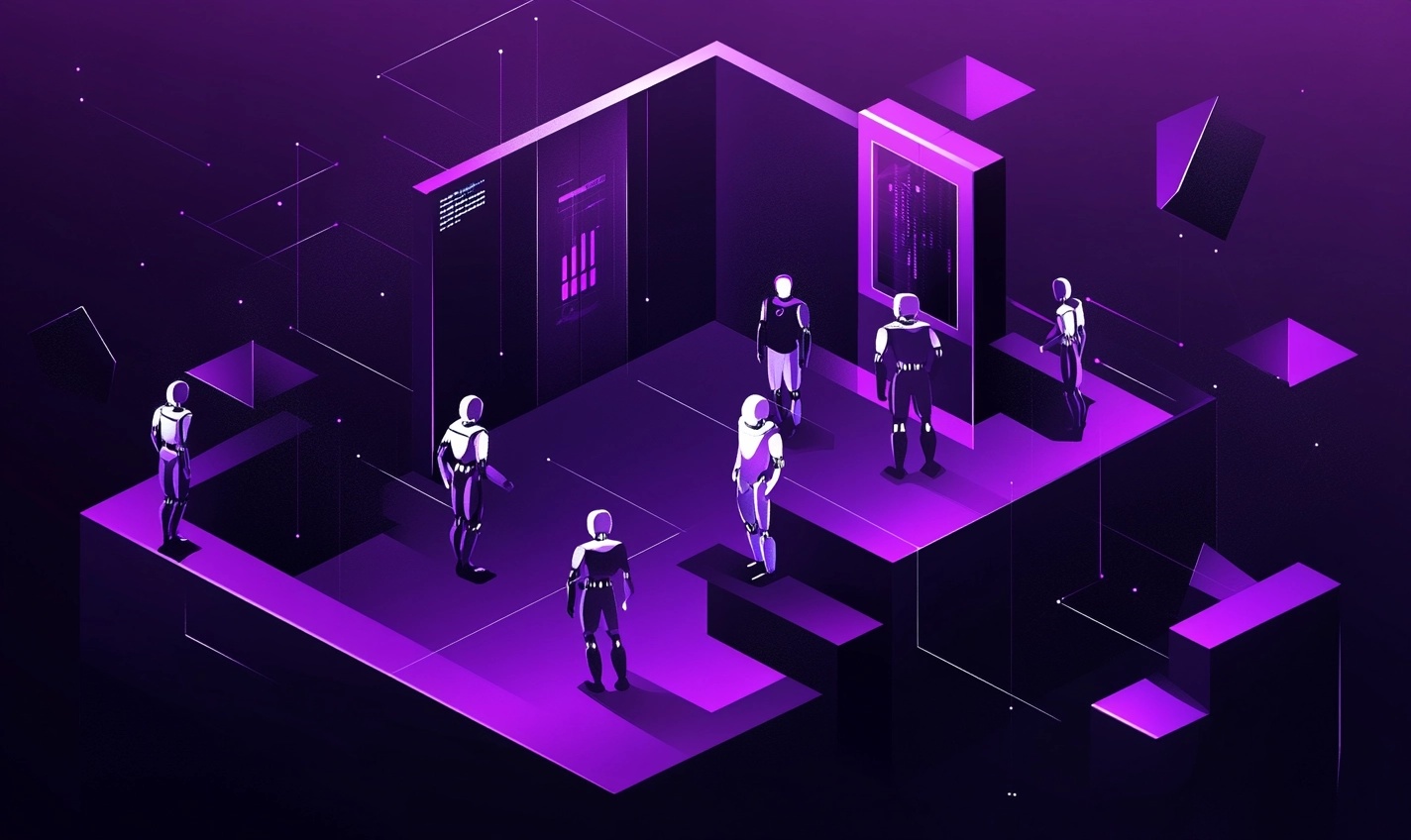
After the Interface: Rethinking Design for a World of AI Agents
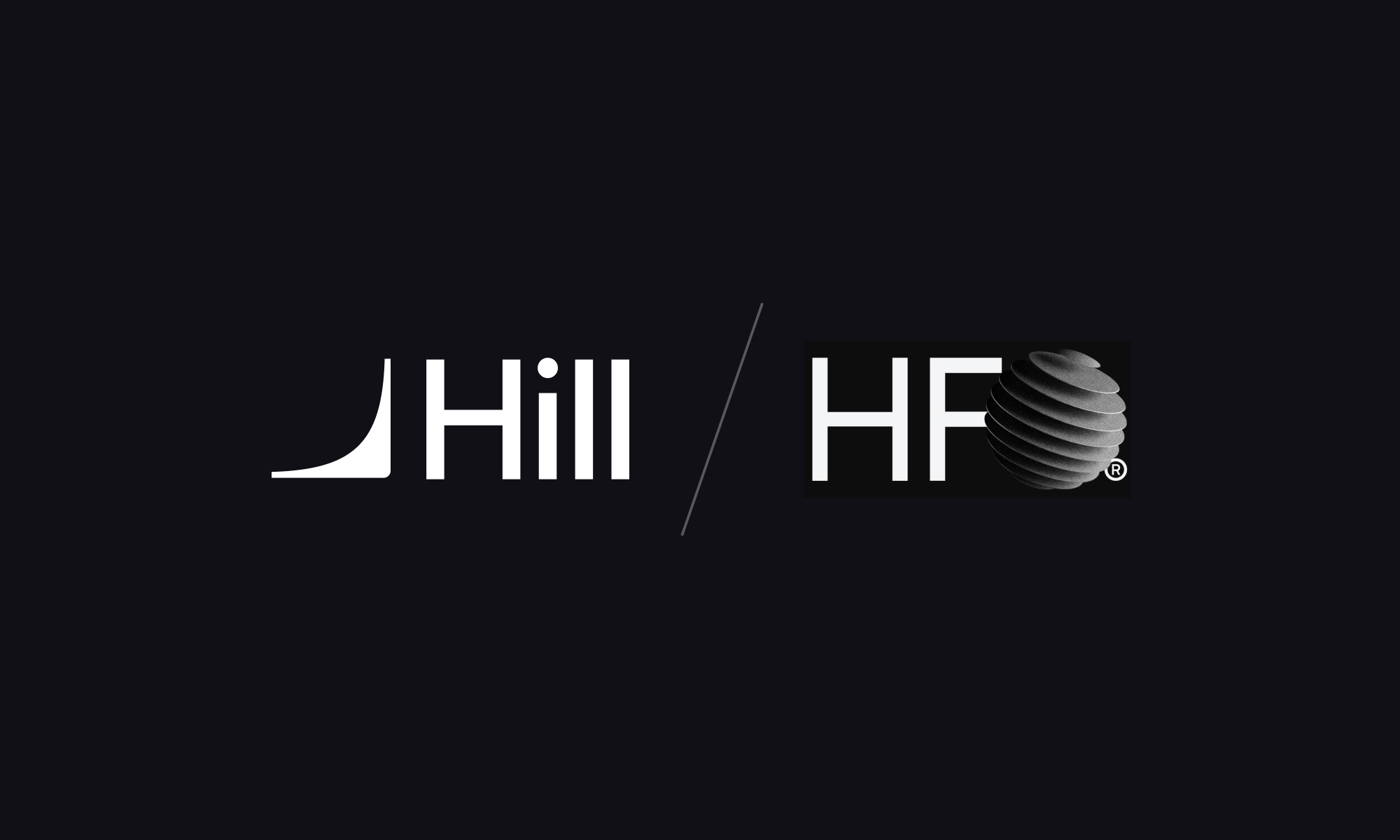
Hill Has Been Accepted Into The HF0 Residency

Joining Hill As Head of Product
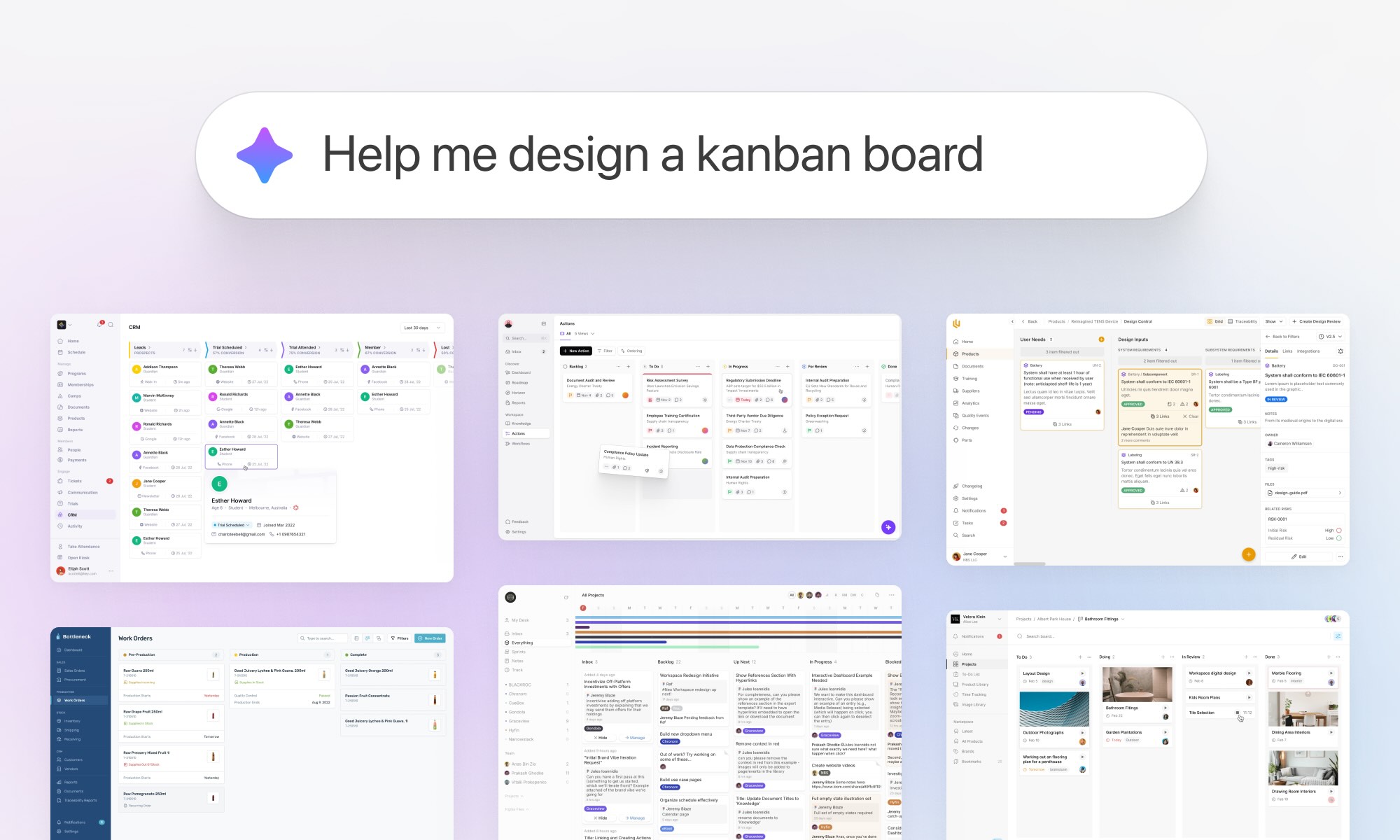
We turned 10 years of product design expertise into the ultimate AI design copilot

Breaking into UX & Product Design: A Guide for New Designers

Adding 'flexible features' to uncover new product opportunities

Introducing Blair, the companion to help you conquer your day

Pushing Through Creative Block: Learning from Artists and Musicians to Reignite Inspiration
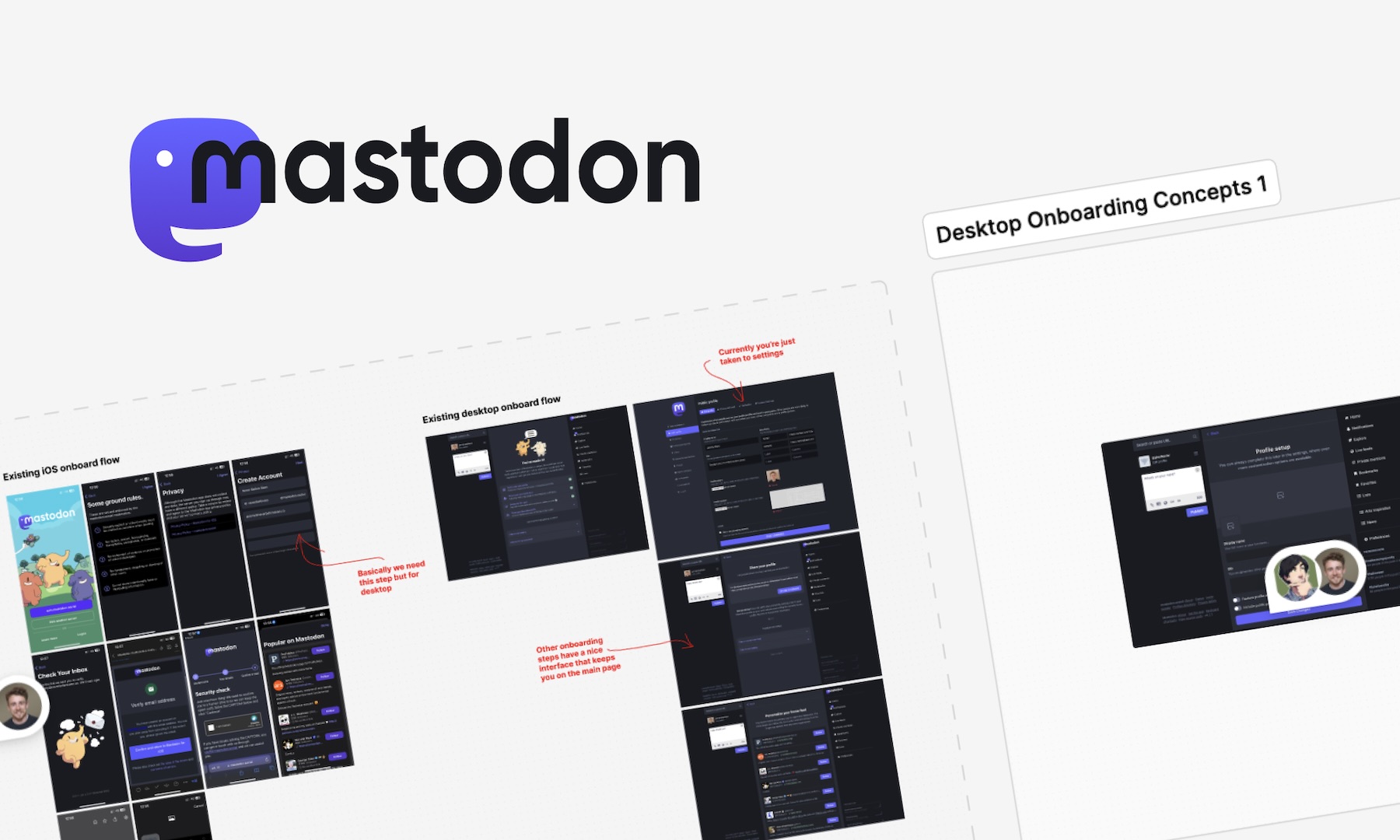
We helped Eugen Rochko, founder of Mastodon, fix their onboarding experience

Unlocking Airbnb’s Secret: How SaaS Founders Can Aim For 10 Stars And Win

How to avoid MVP feature creep: The ICE Method
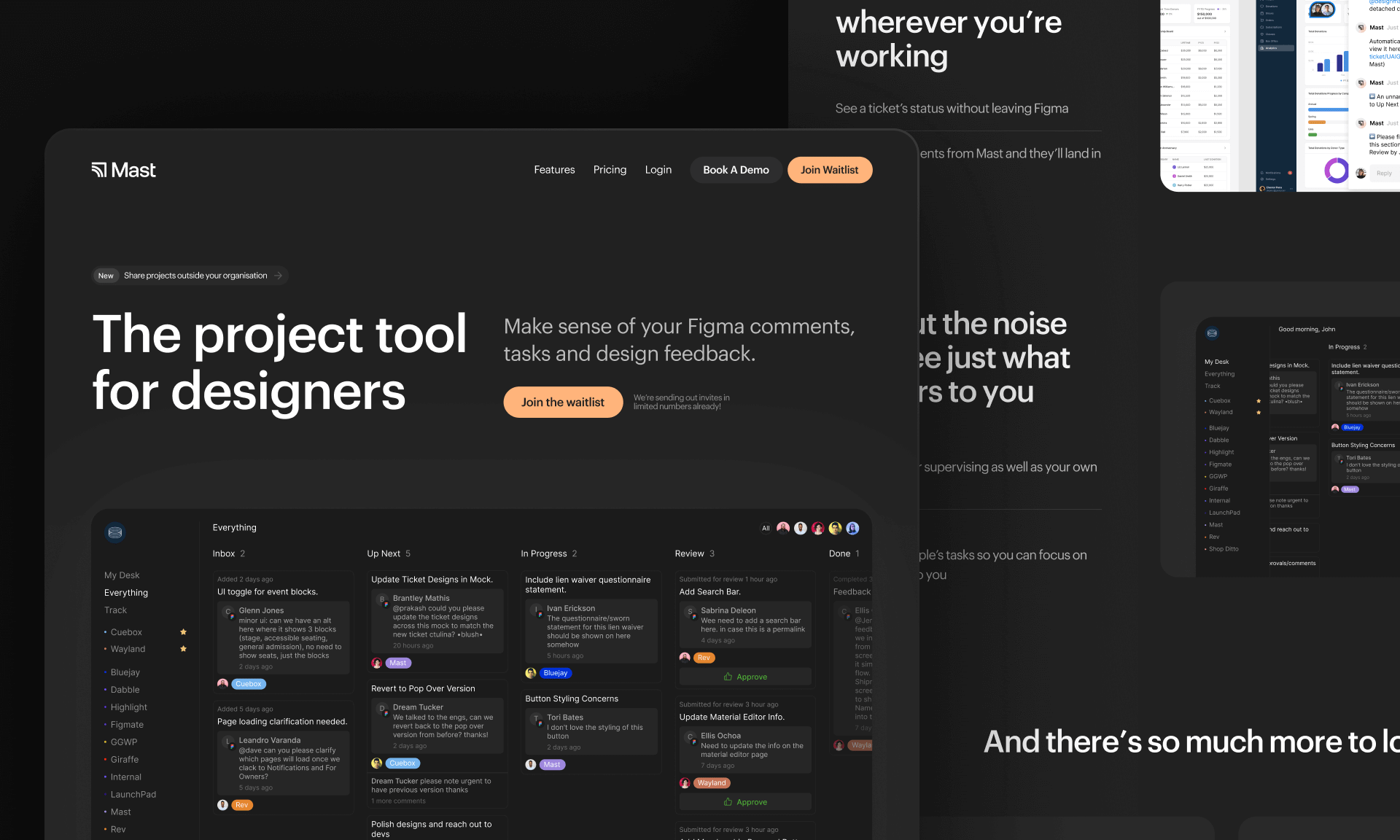
Introducing Mast: The project tool for design teams

Reflecting on my time running a 100-person creative community in the heart of Melbourne
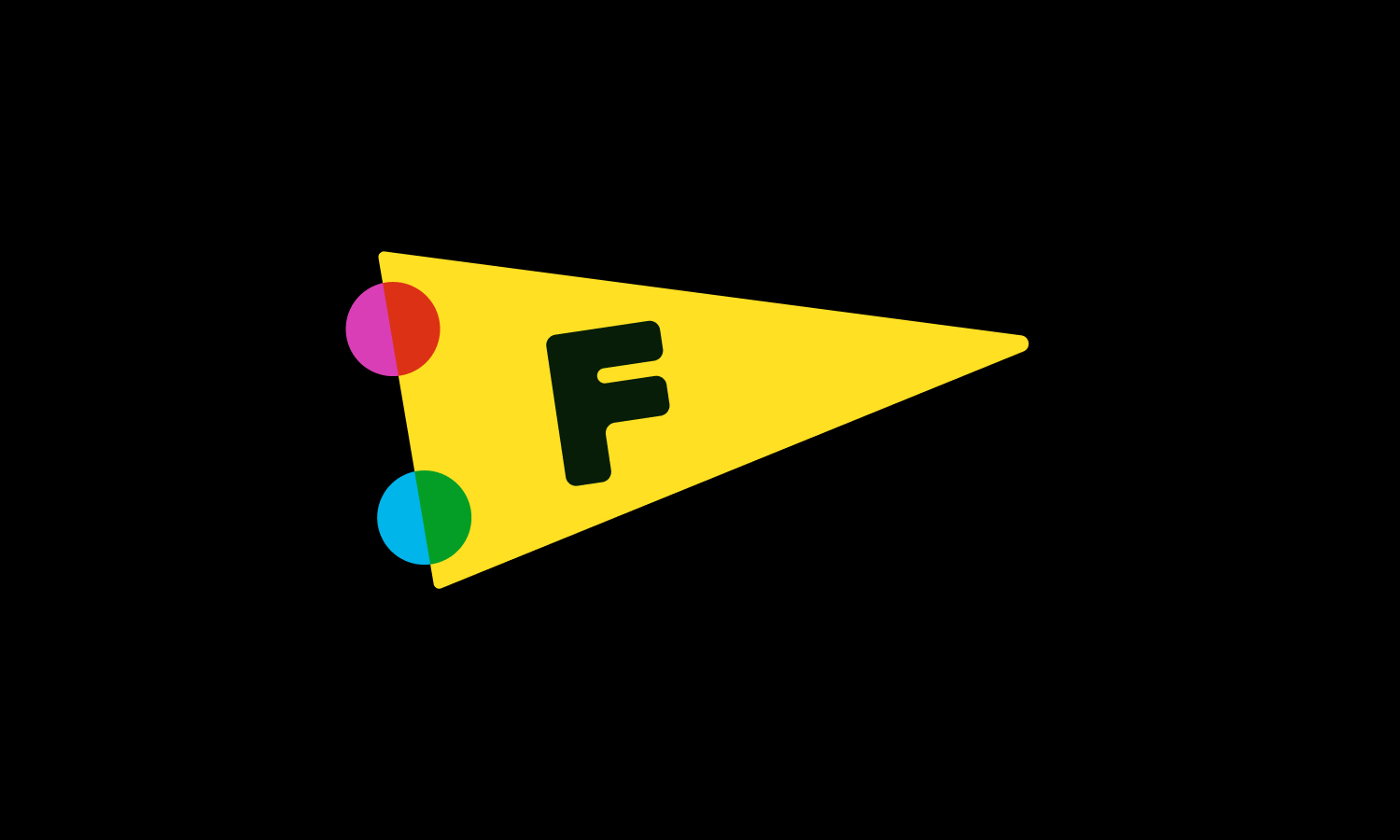
Starting a company during a global pandemic, with Jeremy Blaze on Funemployed

Introducing NOOK: Digital Patron Check-In & Menus to Keep Australia's Hospitality Industry Afloat
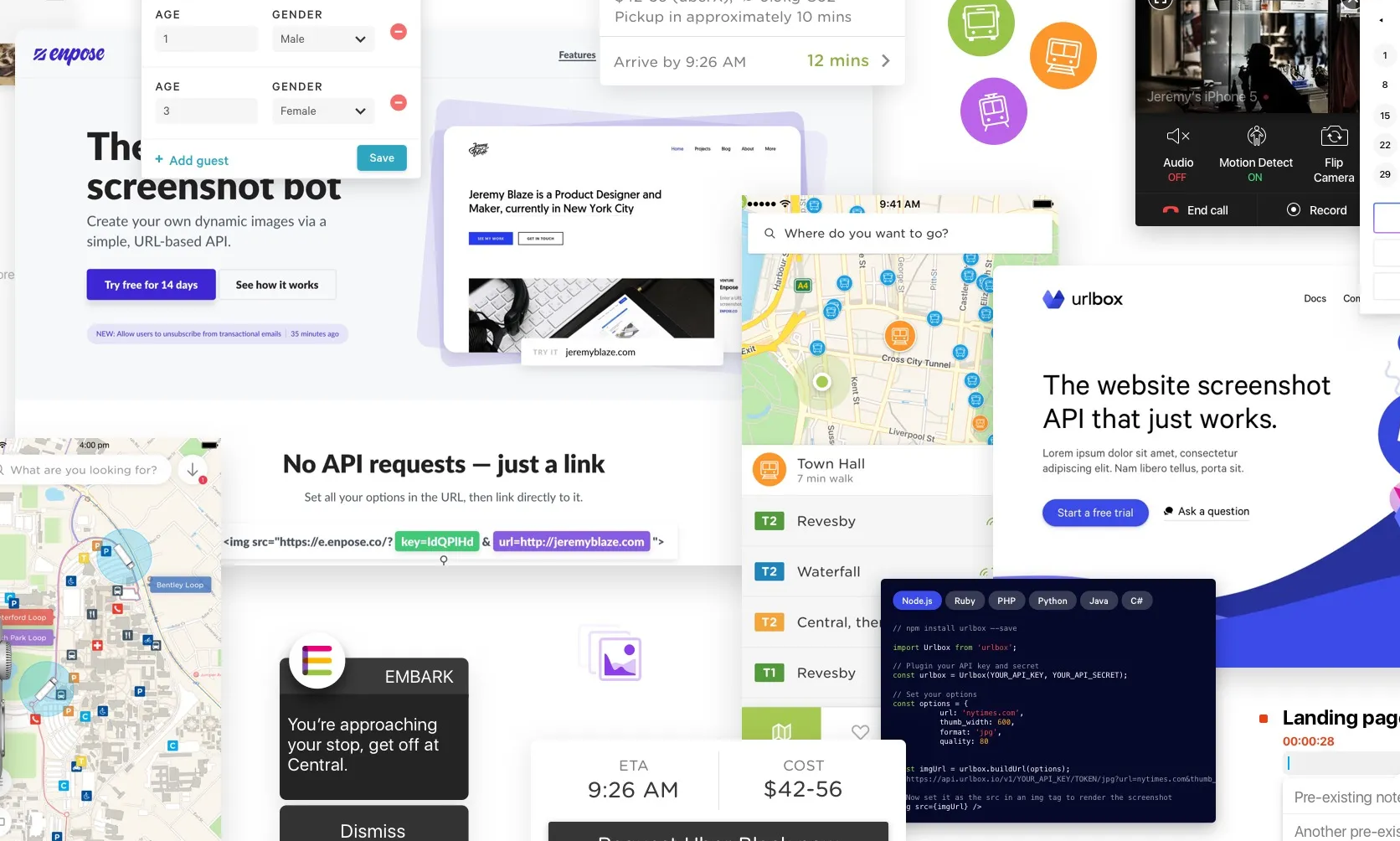
Why I’ve started a product design studio

Case Study: Making sense of LIVE carpark availability in UbiPark
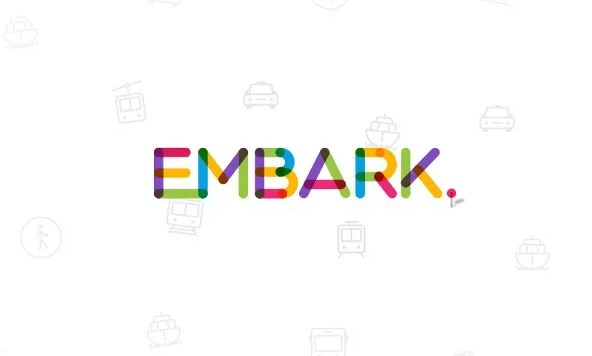
Case Study: Embark’s design, launch & early iteration
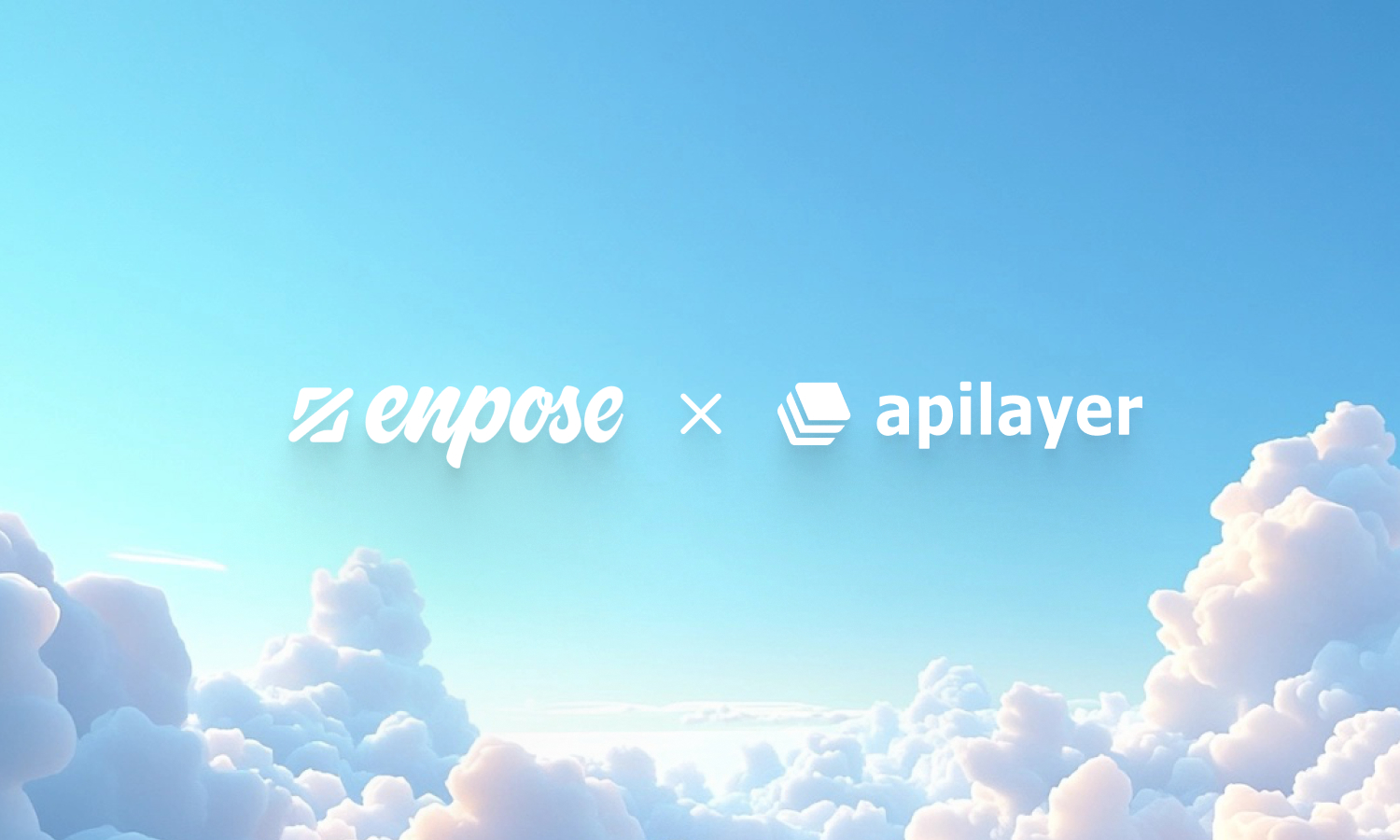
Enpose has been acquired by ApiLayer, solidifying their position in the screenshot API market
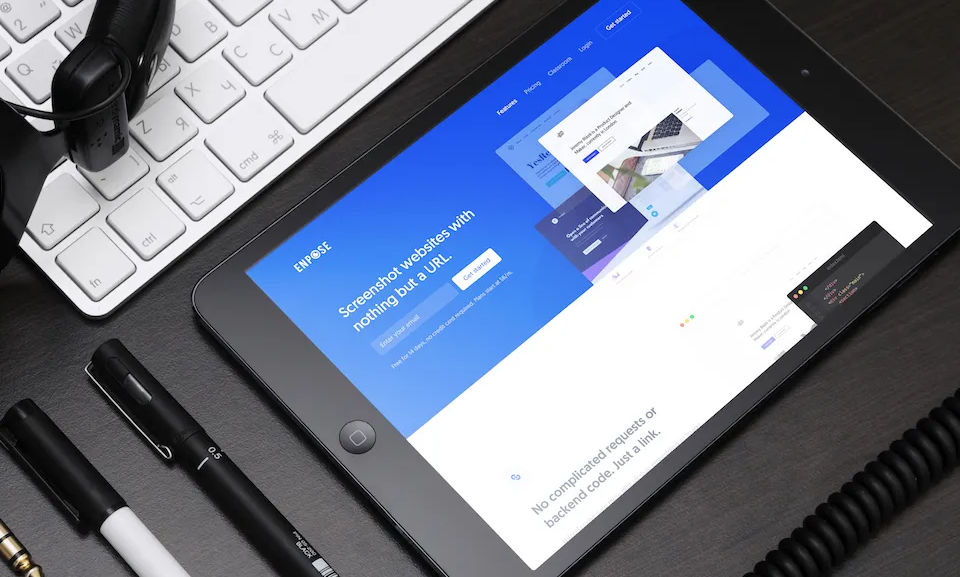
An exercise in reductive design: Building a beautiful API
